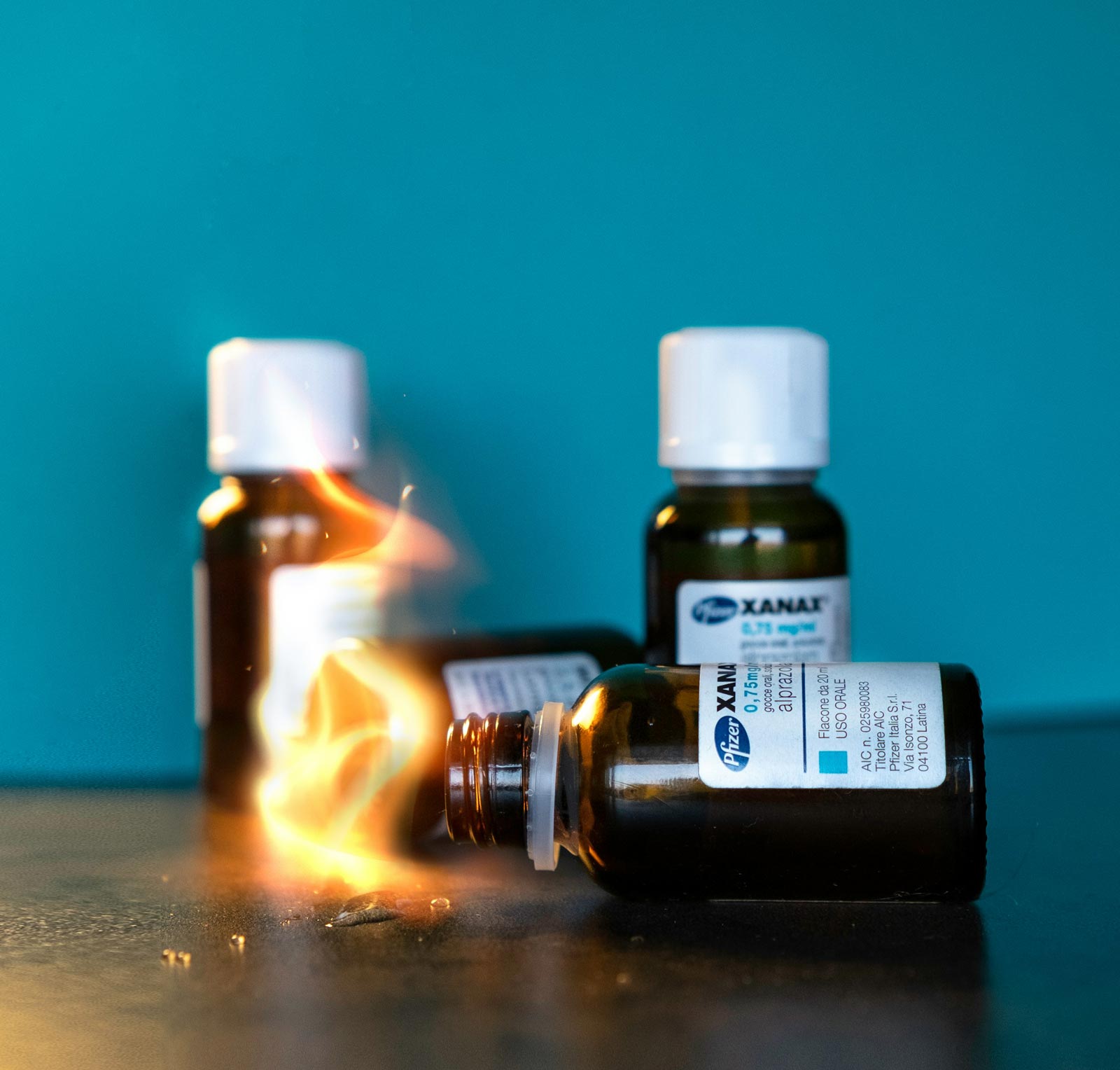[1] U.S. Department of Health and Human Services. (n.d.-b). Risk factors: Varied vulnerability to alcohol-related harm. National Institute on Alcohol Abuse and Alcoholism. Retrieved from https://www.niaaa.nih.gov/health-professionals-communities/core-resource-on-alcohol/risk-factors-varied-vulnerability-alcohol-related-harm#pub-toc3 on 2024, December 21.
[2] U.S. National Library of Medicine. (n.d.-f). What is a gene?: Medlineplus Genetics. MedlinePlus. Retrieved from https://medlineplus.gov/genetics/understanding/basics/gene/ on 2024, December 21.
[3] Edenberg, H. J., & Foroud, T. (2013, August). Genetics and alcoholism. Nature reviews. Gastroenterology & hepatology. Retrieved from https://pmc.ncbi.nlm.nih.gov/articles/PMC4056340/ on 2024, December 21.
[4] King, S. M., Keyes, M., Malone, S. M., Elkins, I., Legrand, L. N., Iacono, W. G., & McGue, M. (2009, April). Parental alcohol dependence and the transmission of adolescent behavioral disinhibition: A study of adoptive and non-adoptive families. Addiction (Abingdon, England). Retrieved from https://pmc.ncbi.nlm.nih.gov/articles/PMC2751628/ on 2024, December 21.
[5] U.S. Department of Health and Human Services. (n.d.-b). Risk factors: Varied vulnerability to alcohol-related harm. National Institute on Alcohol Abuse and Alcoholism. Retrieved from https://www.niaaa.nih.gov/health-professionals-communities/core-resource-on-alcohol/risk-factors-varied-vulnerability-alcohol-related-harm#pub-toc3 on 2024, December 21.
[6] U.S. Department of Health and Human Services. (n.d.-b). Risk factors: Varied vulnerability to alcohol-related harm. National Institute on Alcohol Abuse and Alcoholism. Retrieved from https://www.niaaa.nih.gov/health-professionals-communities/core-resource-on-alcohol/risk-factors-varied-vulnerability-alcohol-related-harm on 2024, December 21.
[7] Mayo Foundation for Medical Education and Research. (2022, May 18). Alcohol use disorder. Mayo Clinic. Retrieved from https://www.mayoclinic.org/diseases-conditions/alcohol-use-disorder/symptoms-causes/syc-20369243 on 2024, December 21.
[8] U.S. Department of Health and Human Services. (n.d.-b). Risk factors: Varied vulnerability to alcohol-related harm. National Institute on Alcohol Abuse and Alcoholism. Retrieved from https://www.niaaa.nih.gov/health-professionals-communities/core-resource-on-alcohol/risk-factors-varied-vulnerability-alcohol-related-harm#pub-toc3 on 2024, December 21.
[9] ScienceDaily. (2014, May 21). Group of 11 genes predicts alcoholism risk, gives new insights into biology of the disease. ScienceDaily. Retrieved from https://www.sciencedaily.com/releases/2014/05/140521162547.htm on 2024, December 21.
[10] Centers for Disease Control and Prevention. (n.d.-a). Alcohol use and your health. Centers for Disease Control and Prevention. Retrieved from https://www.cdc.gov/alcohol/about-alcohol-use/index.html on 2024, December 21.
[11] Centers for Disease Control and Prevention. (n.d.-a). About standard drink sizes. Centers for Disease Control and Prevention. Retrieved from https://www.cdc.gov/alcohol/standard-drink-sizes/index.html on 2024, December 21.



